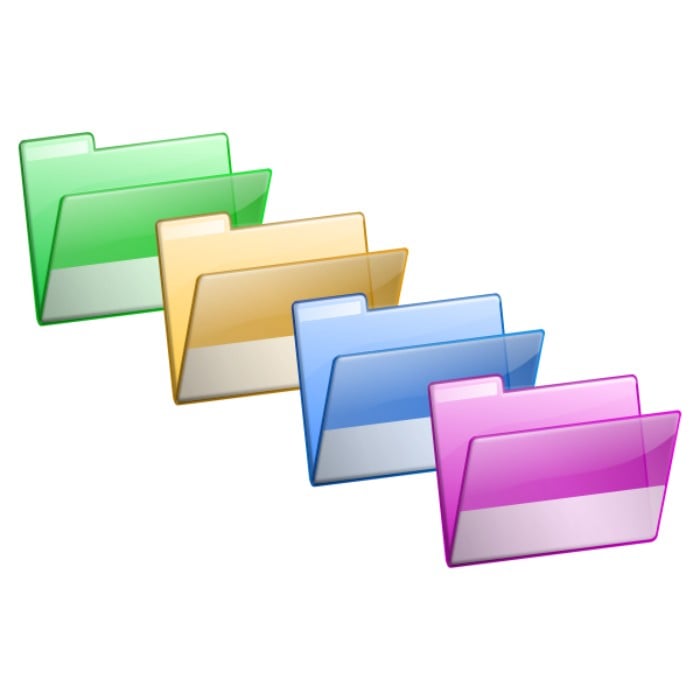
Microsoft Exchange Public Folders are there for shared access, giving groups an easier time in collecting, organizing, and sharing information, whether for work groups or organizations. These folders can help make content easier to browse, with users being able to see the full hierarchy from Outlook.
Are you planning to replicate your Microsoft Exchange Public Folder with your own personal folder? This can help make it easier to get the information you need from the public folder. If you’re wondering how to do so, read on.
How to Replicate Microsoft Exchange Public Folders
Unfortunately, when migrating your public folders to personal ones, you cannot do this automatically. You will need to do so manually each time, copying the public folder into your personal folders.
I’ll show you the steps to move public folders to a different database, and you can do so by following these methods:
Things to Take Note Of
- The estimated time it takes to do this depends on the public folder size
- You have to get permission before performing the move
- You can’t use EAC, you will need to use Shell
- If your folder has subfolders, the subfolders won’t be moved aromatically. You will have to use a Move-PublicFolderBranch.ps1 script
- Moving public folders will only move the public folder’s physical contents but not change its logical hierarchy
- You can only do one public folder move at a time. After you completed one move, use the Remove-PublicFolderMoveRequest cmdlet to move on
- If you want to check the current status of ongoing public folder move requests, you can do so by running the Get-PublicFolderMoveRequest cmdlet.
- While the public folders and contents are being moved, you can still access the public folders. However, you cannot access it during the “Completion in Progress” stage.
Moving a Single Public Folder
If you want to move just one public folder, this is one example you can refer to. It begins with the move request for a public folder called “\Custom” from a public folder mailbox called Develop. We will be moving it to Test01.
On PowerShell, use this command:
New-PublicFolderMoveRequest -Folders \Develop\Custom -TargetMailbox Test01
Note that the public folder mailbox is locked as the move request remains active. Once done, you can access the folder again.
Moving Multiple Public Folders
Moving multiple public folders is similar to moving one folder, though using a different command.
In this example, we will have a move request for public folders in the \Test public folder branch. It will be moved to the target public folder mailbox called Test01. Note that this won’t move your \Test public folder.
New-PublicFolderMoveRequest -Folders \Test\CustomerEngagements,\Test\RequestsforChange,\Test\Usability -TargetMailbox Test01
Moving a Branch of Public Folders
When moving a whole branch of public folders, it will be a bit more complicated. You will first need to do a move request for the public folder \Test and all of its subfolders, moving it to a public folder mailbox \Test01. The script will be in the scripts folder, so you need to run it from the specific location.
Start off with this command:
CD $env:ExchangeInstallPath\scripts
Afterward, perform this command:
.\Move-PublicFolderBranch.ps1 -FolderRoot \Test -TargetPublicFolderMailbox Test01
How to Know If These Worked?
If you want to know that the public folder move is successful, do this command: Get-PublicFolderMoveRequest | Format-List Status
If it says Completed, it will show that the move request went through. If unsuccessful, restore your public folder and the contents.
Alternative Method
Another method you can follow is to use a software or tool to replicate the public folders and sync it automatically. Tools like SyncGal are very effective and easy to use, so you won’t have to hassle yourself in coding. Not only that, but they also provide more features to make it functional in most Outlook Exchange-related actions, saving you time and effort.
Wrapping It Up
Replicating your Microsoft Exchange Public Folders with personal folders can be quite complicated, requiring some coding. But once you get the hang of it, you won’t have any problem doing it again, if required. Or, you can opt to use tools to make the process easier instead.
Whichever method you use, I hope that these helped you figure out how to utilize Microsoft Exchange better. Good luck and happy working!
